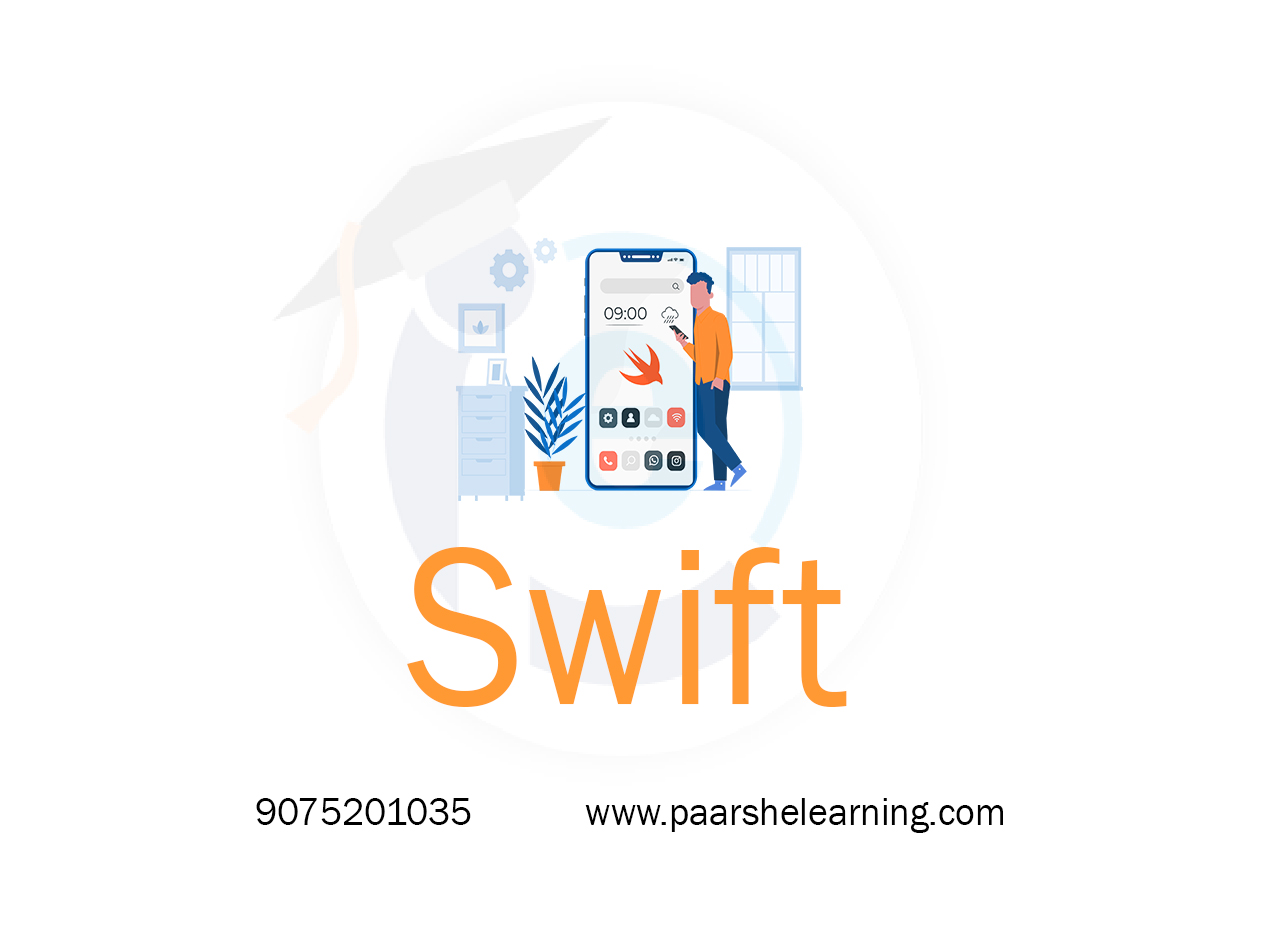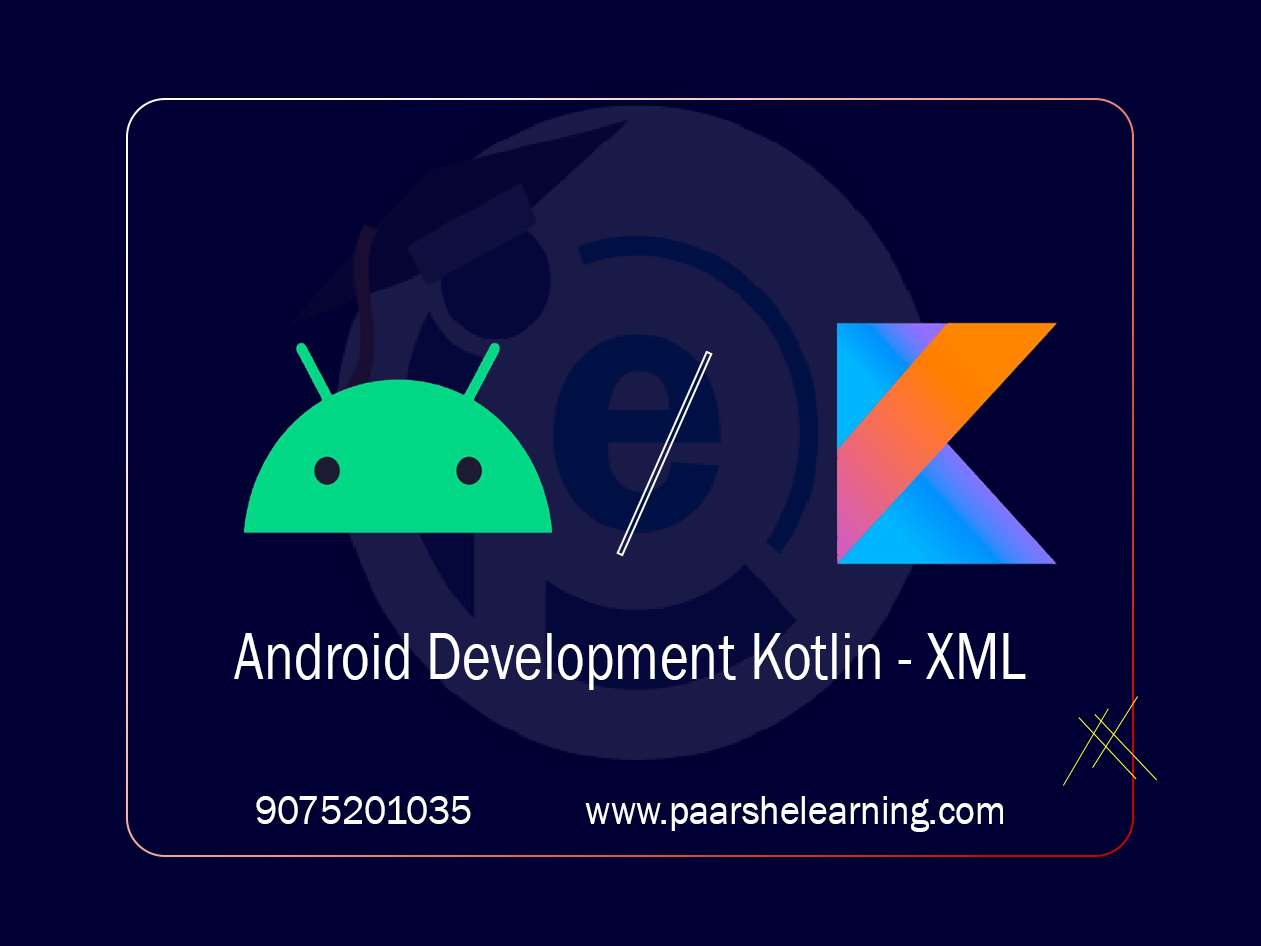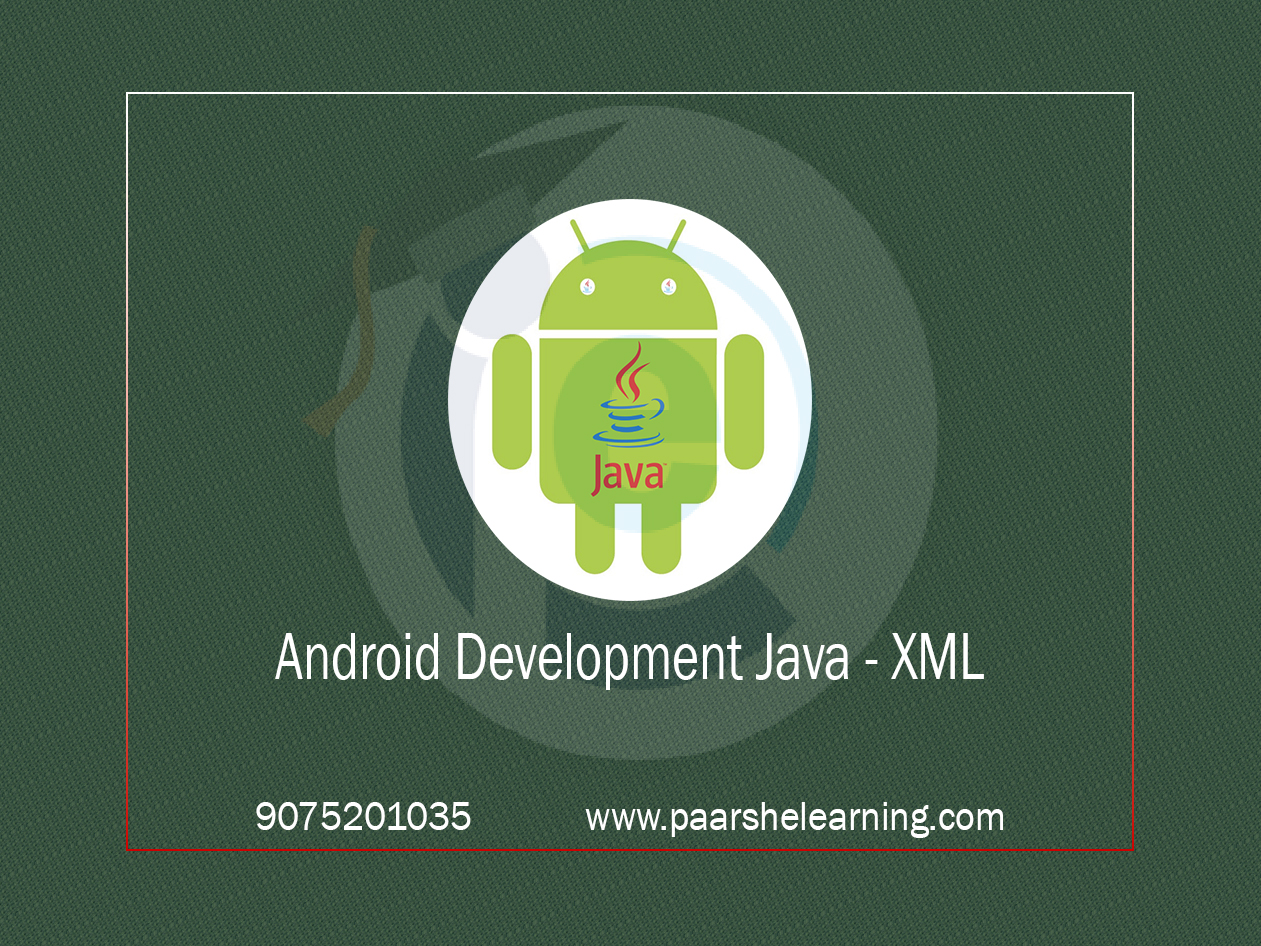- Learn the basics of programming: If you're new to programming, it's important to start with the basics. You can learn fundamental programming concepts like data types, control structures, and functions using online resources or books.
- Learn Swift syntax: Once you have a basic understanding of programming, you can start learning Swift. You can learn the syntax of the language using online resources or tutorials. The official Swift documentation is an excellent place to start.
- Build small projects: As you learn Swift, it's important to practice writing code. Start by building small projects, like a calculator or a to-do list app. This will help you gain experience with Swift syntax and programming concepts.
- Study iOS development: To use Swift to build iOS apps, you'll need to learn the basics of iOS development. Apple provides resources for learning iOS development, including the iOS Developer Library and WWDC videos.
- Build real-world iOS apps: Once you have a good understanding of Swift and iOS development, start building real-world iOS apps. This will give you experience with the entire development process, including designing user interfaces, using APIs, and debugging.
Swift
Course description
Swift is a powerful programming language developed by Apple for building applications across various Apple platforms, including iOS, macOS, watchOS, and tvOS. If you're interested in learning Swift, here are some prerequisites that can be beneficial:
-
Programming Fundamentals: Swift is a modern programming language, but having a good understanding of basic programming concepts is essential. Familiarize yourself with concepts like variables, data types, control structures (loops and conditionals), functions, and object-oriented programming (OOP) principles.
-
Integrated Development Environment (IDE): Xcode is the official IDE for Swift development. Install Xcode on your Mac, as it provides a comprehensive development environment with tools, simulators, and a code editor for writing Swift code.
-
Swift Syntax and Features: Study the syntax and features of the Swift language, including options, closures, generics, protocols, and error handling. Learn about Swift-specific concepts like optional, guard statements, and type inference.
-
iOS Development: If you're interested in iOS app development, it's beneficial to have a basic understanding of iOS development concepts, including the iOS app lifecycle, UIKit framework, storyboards, Auto Layout, and Interface Builder. Familiarize yourself with the fundamentals of building user interfaces, handling user input, and navigation in iOS apps.
-
Swift Standard Library: Explore the Swift Standard Library, which provides a set of powerful tools, data types, and algorithms. Learn how to use collections, strings, dictionaries, arrays, and other data structures available in the Swift Standard Library.
-
Memory Management: Understand memory management in Swift and how it differs from other programming languages. Learn about automatic reference counting (ARC) and how to manage memory efficiently in Swift apps.
-
Apple's Human Interface Guidelines: Study Apple's Human Interface Guidelines (HIG) to understand the design principles and best practices for creating user-friendly and visually appealing apps. The HIG provides guidelines on app architecture, user interface design, and user experience considerations.
-
SwiftUI: SwiftUI is a declarative framework for building user interfaces in Swift. Learn about SwiftUI's layout system, view modifiers, state management, and its integration with other Apple frameworks like Combine for reactive programming.
-
Networking and Data Persistence: Explore how to work with web APIs and handle network requests in Swift. Learn about networking libraries like URLSession or Alamofire for making HTTP requests. Also, gain knowledge of different data persistence techniques like Core Data or Realm for storing and retrieving data locally.
-
Apple Developer Documentation: Utilize the official Apple Developer Documentation for Swift, which includes guides, tutorials, and references. The documentation covers various topics related to Swift programming, iOS development, and other Apple frameworks.
-
Practice and Projects: Apply your knowledge by working on hands-on coding exercises and building small Swift applications. Building practical projects will help solidify your understanding and improve your problem-solving skills.
As you progress in Swift development, you can explore advanced topics such as concurrency, multithreading, Core Graphics, Core Animation, Core ML (machine learning), and integrating with other Apple frameworks like ARKit or CoreLocation
What you will learn from this course?
This course includes!
- Daily Live session
- A recorded session with problem-solving material
- Access on Mobile and TV
- Certificate of completion
- Recommendation Letter
- 100% Job Placements
This course is for
- Beginner programmers who want to learn Swift and iOS app development.
- Experienced programmers who want to expand their skills into iOS app development using Swift.
- Mobile app developers who want to learn a new language for building iOS apps.
- Individuals who want to create their own iOS app or work as a freelance iOS app developer.
Prerequisites for this course
- Basic programming knowledge: You should have a basic understanding of programming concepts such as variables, data types, conditional statements, and loops.
- Familiarity with object-oriented programming: Swift is an object-oriented language, so it can be helpful to have some prior experience with object-oriented programming concepts such as classes, objects, and inheritance.
- Familiarity with iOS development: If you're taking a Swift course for iOS development, it can be helpful to have some prior experience with iOS development concepts such as UIKit, Storyboards, and Xcode.
- Knowledge of Swift basics: If you're taking an intermediate or advanced Swift course, it's important to have a good understanding of the Swift language basics such as variables, functions, arrays, and loops.
Swift Mobile App Development Syllabus
-
Introduction To Swift And Xcode
Overview of iOS app development and the Swift programming language Setting up Xcode development environment Basics of Swift syntax and data types Creating a simple "Hello World" app in Swift
-
User Interface Design
Introduction to Interface Builder and Storyboards Designing user interfaces using Auto Layout and constraints Working with UI components (UILabel, UIButton, UIImageView, etc.) Implementing user interactions and gestures
-
View Controllers And Navigation
Creating and managing view controllers Implementing navigation between view controllers Passing data between view controllers using segues Using navigation controllers and tab bar controllers
-
Auto Layout And Constraints
Understanding Auto Layout and its importance Implementing complex layouts using constraints Working with stack views for dynamic layouts Handling different screen sizes and orientations
-
Table Views And Collection Views
Creating dynamic lists with UITableView Customizing table view cells and sections Implementing collection views for grid-based layouts Using data sources and delegates for populating views
-
Networking And Apis
Making network requests using URLSession Parsing JSON data and working with APIs Implementing error handling and data fetching Using Codable for JSON serialization and deserialization
-
Core Data And Persistence
Introduction to Core Data for local data storage Setting up Core Data models and contexts Saving and retrieving data from Core Data Implementing data migration and versioning
-
Advanced Topics And Final Project
Animations and transitions using UIViewPropertyAnimator Working with Core Graphics for custom drawings and graphics Integrating third-party libraries and frameworks Building a complete iOS app using Swift as a final project
-
Paarsh E-Learning encourages hands-on practice, assignments, and projects throughout the course to reinforce students' understanding of Swift app development concepts. Assign projects that gradually increase in complexity to challenge their skills. Cover both theoretical concepts and practical coding exercises to provide a well-rounded learning experience.




